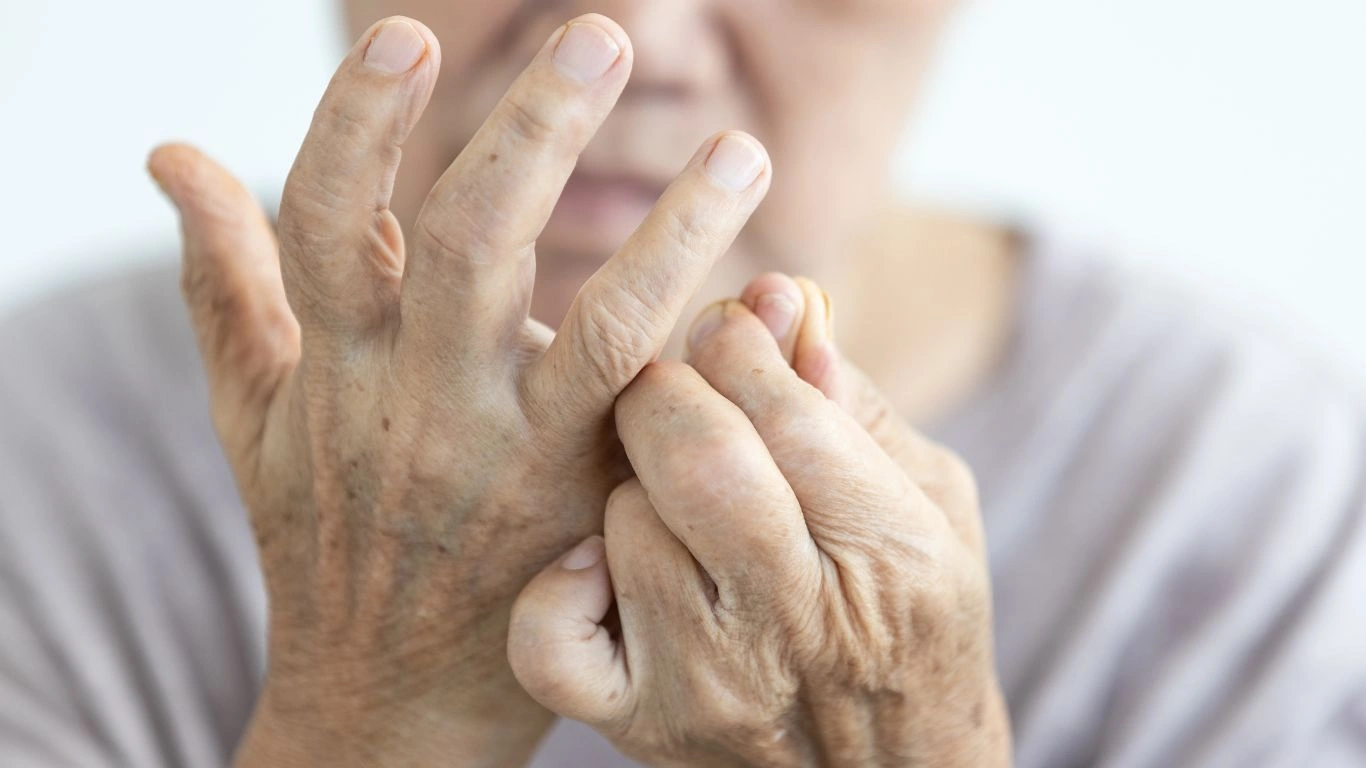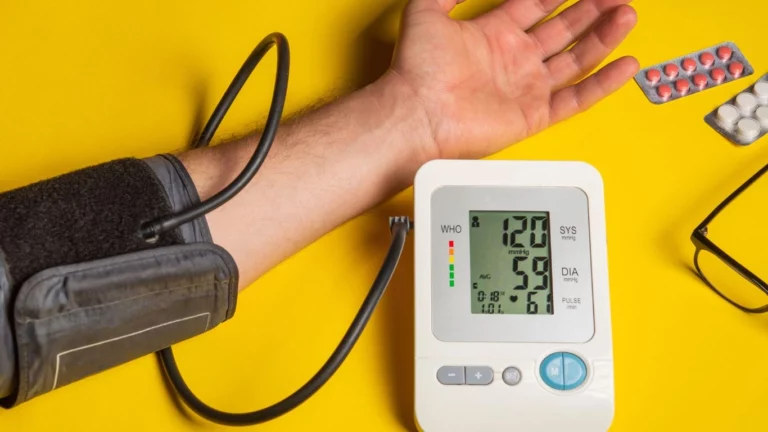Can Rheumatoid Arthritis Cause Hair Thinning? Shocking Truth Uncovered
Can rheumatoid arthritis cause hair thinning? This is actually one of the more common questions I get asked in clinic, and it’s not surprising. When you’re already dealing with a chronic condition like RA, the last thing you want is to look in the mirror and notice your hair looking thinner, duller, or even patchy. As a rheumatology nurse practitioner who’s spent years supporting patients through their RA journeys, I’ve seen this issue come up more times than I can count—and yes, it’s real. Let’s dive into the what, why, and what-to-do-about-it side of RA and hair thinning. I promise, you’re not imagining it—and you’re definitely not alone.
Understanding the Link Between RA and Hair Thinning
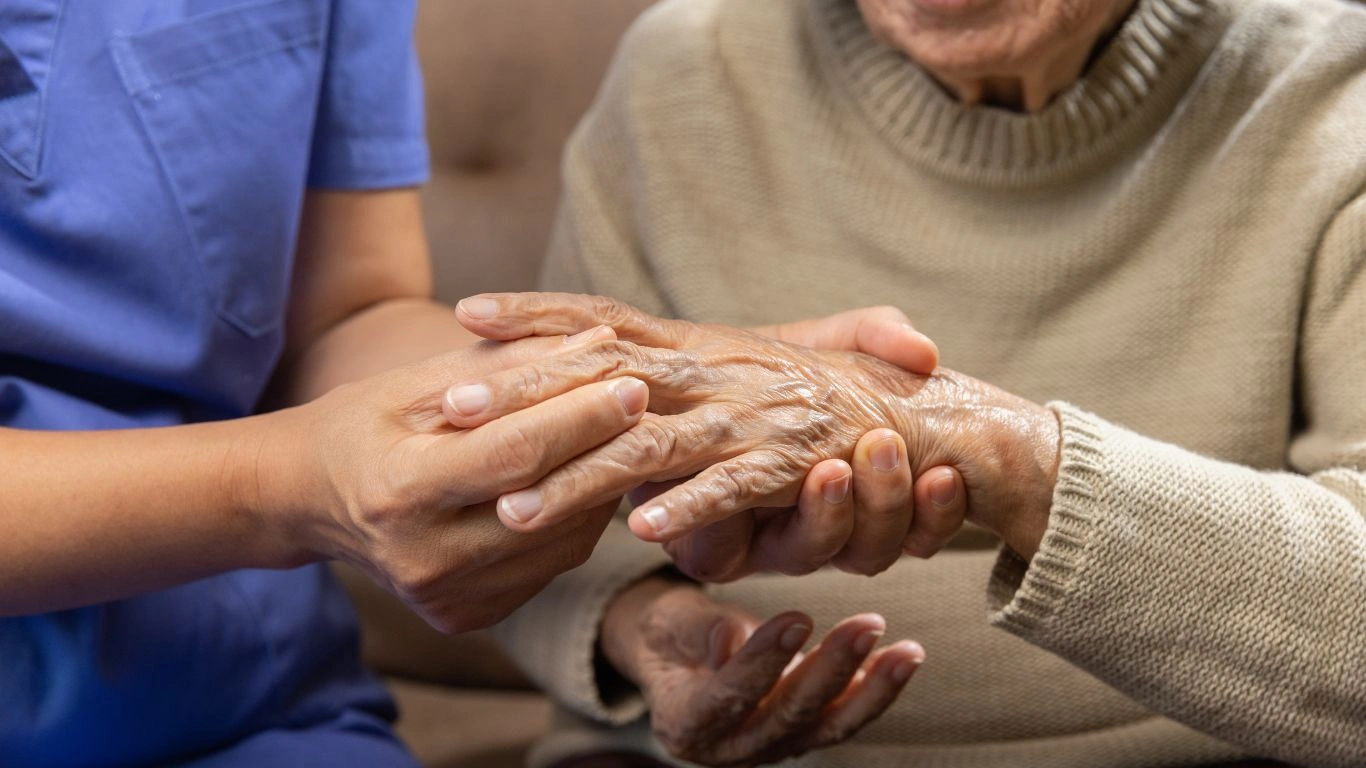
First things first—rheumatoid arthritis (RA) is an autoimmune disease, which means the body’s immune system starts attacking healthy tissues by mistake. While most people think of RA as “just joint pain,” it’s much more than that. It can affect your skin, eyes, lungs, blood vessels—and yes, even your hair.
The immune system plays a massive role in hair health. When your body is in a state of chronic inflammation, which is the hallmark of RA, it can interfere with the normal hair growth cycle. This is what leads to thinning or even more dramatic hair loss in some cases.
Why Hair Thinning Happens in RA
Hair thinning in RA isn’t always caused by one thing—usually, it’s a combination of several factors working together. From what I’ve seen with my patients (and what the research backs up), the most common culprits include:
- Inflammation: Chronic systemic inflammation can impact the scalp and hair follicles, disrupting the natural growth-rest-shed cycle of hair.
- Medications: Some of the medications used to treat RA—like methotrexate or leflunomide—can cause hair thinning as a side effect. I’ve had patients notice this just a few months into treatment.
- Stress (both physical and emotional): Living with RA is stressful. Flares, fatigue, pain, and the emotional toll can all trigger telogen effluvium, a form of temporary hair shedding.
- Nutrient deficiencies: RA and its treatments can affect how your body absorbs nutrients. Low iron, vitamin D, and B12 levels can all contribute to hair loss.
The Role of RA Medications in Hair Loss

Let’s talk meds. One of the most common medications prescribed for RA is methotrexate. It’s incredibly effective at reducing joint inflammation and damage, but it’s also notorious for causing some degree of hair thinning in certain people. The good news? It’s usually reversible and can often be managed with folic acid supplementation. In fact, part of my role involves helping patients balance the benefits and side effects of treatment. If someone starts noticing hair thinning, we’ll often tweak their supplement dose or look at alternatives.
Other meds, like leflunomide or even some biologics, have been associated with hair changes too—though not everyone experiences this. That’s why it’s so important to keep an open line of communication with your care team. If your hair is thinning, don’t just shrug it off—it might be time to adjust your regimen.
Is It the RA or the Treatment?
This is the million-dollar question I often get asked: “Tarra, is my hair falling out because of the disease or because of the medication?” And honestly, the answer is… it depends. Sometimes it’s the inflammation, sometimes it’s the meds, and quite often, it’s a little of both. But either way, there are steps we can take to get ahead of it. That’s the key: don’t wait until you’re shedding clumps in the shower to say something.
What Hair Loss From RA Actually Looks Like

Hair thinning related to RA usually doesn’t show up as dramatic bald patches overnight (though in rare autoimmune cases like alopecia areata, that can happen). More often, patients notice:
- Their ponytail feels thinner than it used to.
- They’re finding more hair in the shower drain or on their pillow.
- Their part looks wider, especially under bright lighting.
- They can see more scalp around the crown or temples.
These are all signs to take seriously—not because they’re dangerous, but because they can impact your confidence, self-esteem, and quality of life. And let’s face it, when you’re already dealing with joint pain and fatigue, you don’t need the added stress of worrying about your hair.
From My Experience: What I Tell My Patients
When a patient brings this up—and many do—I always tell them two things. First, you’re not being vain for caring about your hair. It’s part of your identity. And second, there are ways to support hair health while living with RA. It might take a bit of detective work, a few labs, maybe even switching meds, but it’s absolutely worth addressing.
How to Manage Hair Thinning with RA
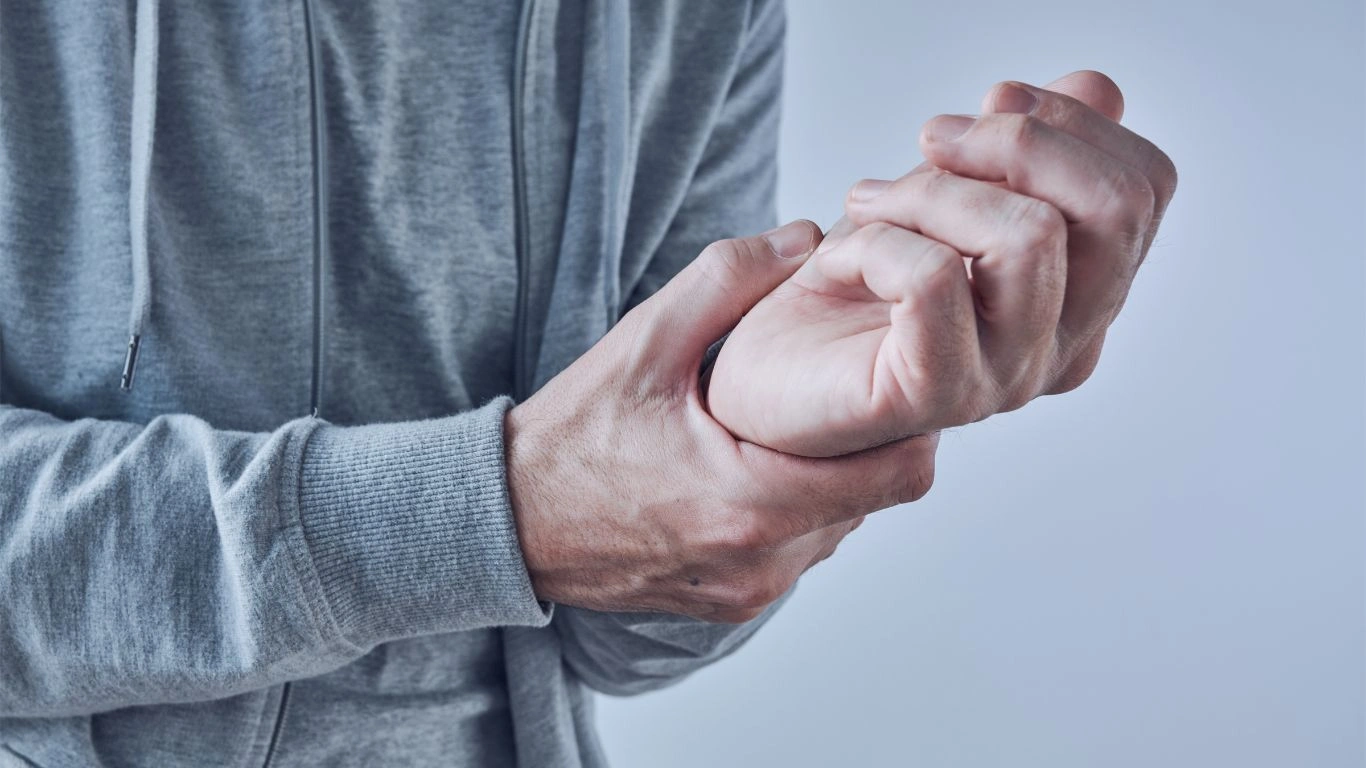
Okay, so we’ve talked about the “why”—now let’s shift gears into the “what can I do about it?” This is the part where people usually lean in, and rightfully so. Nobody wants to feel helpless watching their hair thin out. The truth is, while we may not be able to stop hair thinning completely in all cases, we *can* do a lot to support healthier hair growth and reduce further loss.
In my practice, I always start by looking at the big picture. We run labs, talk through meds, review lifestyle stuff… you’d be surprised how often there’s a sneaky cause hiding in plain sight.
Get Your Labs Checked
Hair loss can sometimes be a red flag that something else is going on internally. I always recommend a panel that includes:
- Iron and ferritin – Even borderline low levels can mess with your hair growth cycle.
- Vitamin D – Super common deficiency in RA patients, and yep, it plays a role in hair health too.
- Vitamin B12 – Especially important if you’re on meds like methotrexate or have GI issues.
- Thyroid function tests – Hypothyroidism is another culprit I catch more than you’d think.
Once we find those gaps, we can address them with supplements, food, or med changes. It’s all about working with your body instead of against it.

When someone’s hair is thinning, they often feel like they have no control—but that’s not entirely true. There are some gentle, supportive things you can do daily to help nudge things in the right direction:
- Be kind to your scalp. Avoid harsh shampoos and tight hairstyles. Think of your scalp like a garden—it needs TLC.
- Use a silk pillowcase. Less friction = less breakage. Plus, they feel luxurious, which we all deserve.
- Minimize heat styling and chemical treatments. Give your hair a break whenever possible.
- Stay hydrated and eat a nutrient-dense diet. Your hair thrives on protein, healthy fats, and antioxidants.
- Keep inflammation in check. This one’s huge. If your RA is flaring constantly, your body won’t prioritize growing strong, healthy hair.
One of my patients once told me, “I never realized how much my hair meant to me until it started falling out.” That stuck with me. It’s not just vanity—it’s about identity, and that deserves attention and care.
Are There Any Hair Growth Treatments That Actually Work?

This question comes up all the time: “What about products—do any of those shampoos, oils, or supplements actually help?” The answer is… sometimes. But there’s a caveat: what works for one person might not do a thing for someone else, especially when RA is in the mix.
Here’s what I’ve seen help in my clinical experience (and yes, I’ve tried a few of these myself):
- Topical minoxidil (Rogaine): This is FDA-approved for hair growth and can be helpful, especially for women dealing with thinning at the crown or widening parts. But patience is key—it can take 3–6 months to see a difference.
- Biotin and collagen supplements: Not miracle workers, but they can support overall hair strength. Just don’t expect overnight regrowth.
- Omega-3 fatty acids: These help reduce inflammation and can support skin and hair health. Think fish oil or flaxseed oil.
- Gentle scalp massage with natural oils: Rosemary oil, in particular, has some evidence behind it. Plus, it feels amazing and promotes blood flow to the scalp.
If you go the supplement route, make sure to check in with your rheumatology provider first. Some vitamins and herbs can interact with RA meds, and you want to make sure you’re not doing more harm than good.
When to See a Dermatologist
There comes a point where it’s worth bringing in a hair specialist—usually a dermatologist with experience in autoimmune-related hair loss. If you’ve tried everything and your hair is still thinning rapidly, or if you’re noticing bald spots or sudden shedding, don’t wait. I’ve referred several patients to dermatologists for additional workups, scalp biopsies, or even prescription treatments like corticosteroid injections when needed.
The sooner you intervene, the better the outcome tends to be. Hair follicles can go dormant, but they don’t necessarily die—there’s a window of opportunity to get them back online, so to speak.
Hair Loss and Mental Health: Let’s Talk About It

This part’s often overlooked, but let’s get real—losing your hair can be a big emotional blow, especially when it’s happening on top of everything else RA throws at you. I’ve had patients break down in tears over their hair more than once, and I always remind them: it’s okay to feel that way. You’re not being dramatic. This matters.
For some, therapy or support groups can help. Others just need validation and reassurance that they’re not alone. If you’re reading this and feeling like nobody understands how hard it is to manage RA and watch your hair fall out, please know—I see you. And there are ways to support both your hair and your mental health through this.
Best Foods to Support Hair Growth When You Have RA
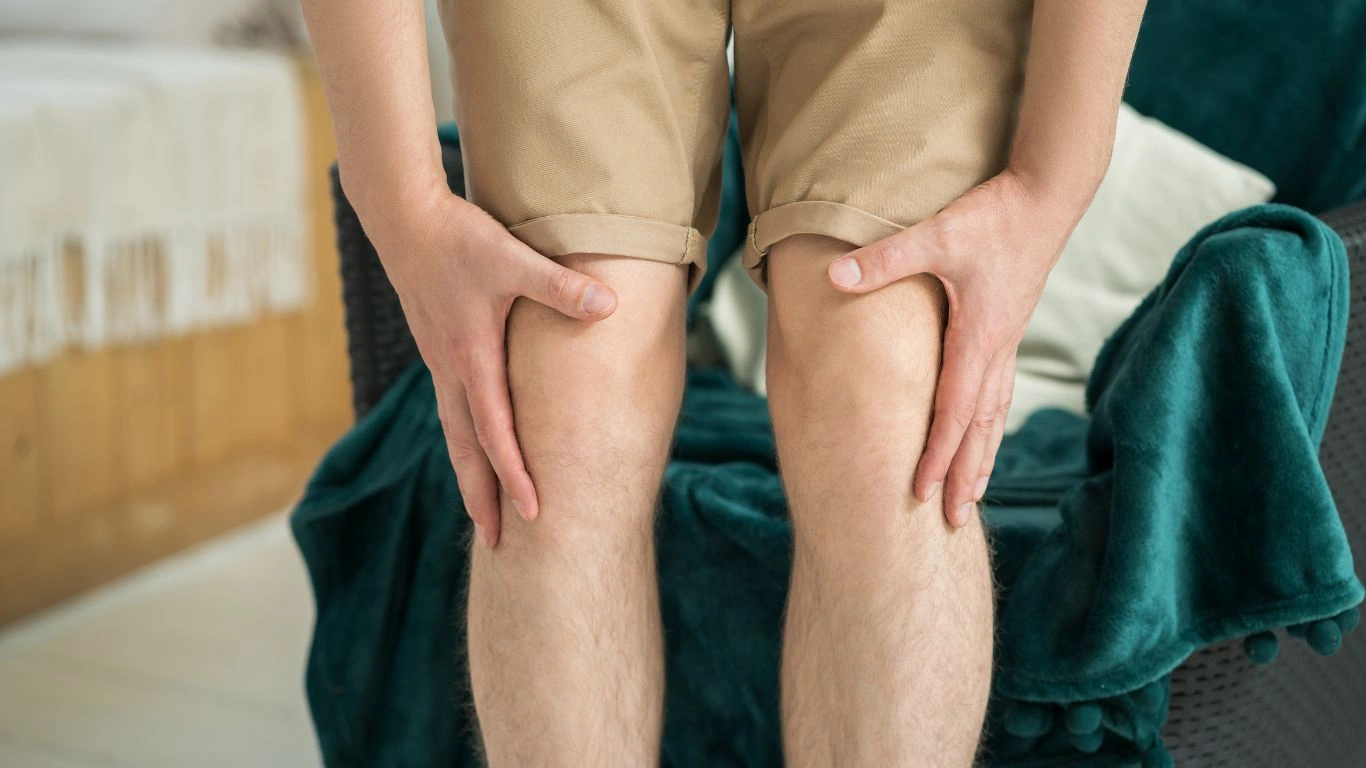
Alright, let’s talk food—because yes, what you eat can absolutely impact your hair. I always tell my patients, “Your hair is a window into your overall health,” and with RA, it’s even more true. Chronic inflammation and nutrient depletion can both sneak up on you, so fueling your body well is key.
Here’s what I usually recommend loading up on if you’re looking to support your hair (and honestly, your joints too):
- Protein: Hair is made of keratin, a type of protein. If your intake’s too low, your hair might pay the price. Try to include lean meats, fish, eggs, legumes, and tofu regularly.
- Omega-3 fatty acids: These anti-inflammatory fats help support scalp health. Think salmon, sardines, walnuts, and flaxseeds. I even use fish oil capsules myself when my diet’s slacking.
- Iron-rich foods: Spinach, lentils, pumpkin seeds, and red meat (in moderation) can all help prevent hair loss due to iron deficiency—a big issue in some RA patients.
- Vitamin C: Helps with iron absorption and supports collagen production. Citrus fruits, strawberries, and bell peppers are all excellent options.
- Zinc and selenium: Found in nuts, seeds, and whole grains—these trace minerals are small but mighty when it comes to hair strength.
In clinic, I often work alongside dietitians, especially for patients who have dietary restrictions or gut issues (which are common with autoimmune conditions). It really takes a whole-person approach to make meaningful change.
Anti-Inflammatory Lifestyle Habits That Also Help Hair Health
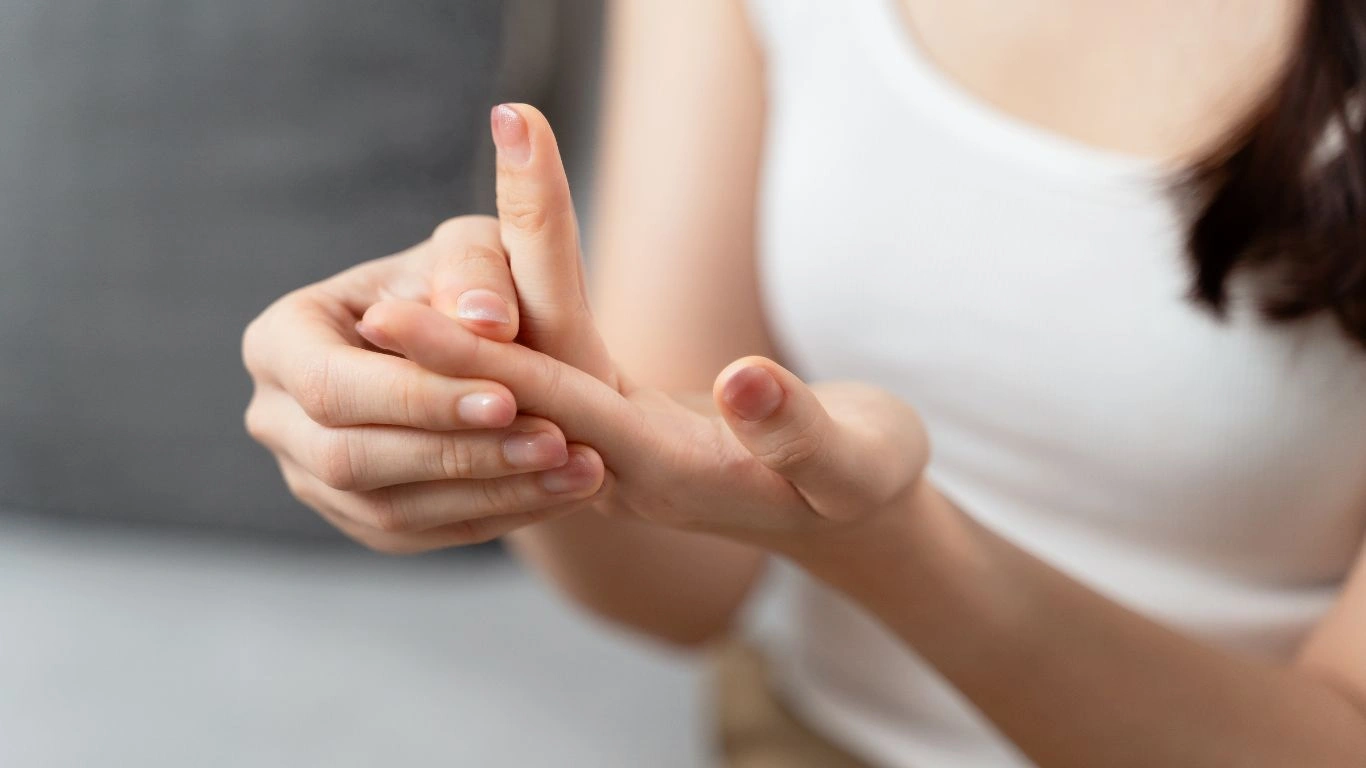
If you’ve read this far, you’re probably starting to see the pattern—hair thinning in RA is almost never *just* about hair. It’s a reflection of how your body’s managing inflammation and stress. That’s why I always recommend these lifestyle practices to my patients, and yes, I try to follow them too (although I’m human and definitely have off days!).
1. Sleep Is Not Optional
Quality sleep is where healing happens. Your body releases growth hormones during deep sleep, which helps regulate your immune system and promotes cell repair—including hair follicles. I tell my patients: if you’re constantly skimping on sleep, don’t be surprised if your body starts to show it—inside and out.
2. Stress Management Isn’t Fluffy—It’s Essential
Stress can absolutely trigger RA flares and cause or worsen hair thinning. I’ve seen patients improve both symptoms just by carving out space for things like:
- Gentle yoga or stretching
- Meditation apps (Insight Timer is a fave)
- Spending time outdoors or with pets
- Journaling or therapy
Hair grows in cycles, and stress can push more follicles into the “resting” phase, leading to shedding. You don’t have to be Zen 24/7—just find moments of calm where you can.
3. Regular (Gentle) Movement
Exercise helps manage RA symptoms and boosts circulation, which supports scalp health. You don’t need a gym—walking, swimming, and light resistance bands can all do the trick. One of my patients even swears by gardening as her form of therapy and movement. Win-win.
So, Can Rheumatoid Arthritis Cause Hair Thinning? Yes—But There’s Hope
We’ve come full circle now. If you’ve been asking yourself, “Can rheumatoid arthritis cause hair thinning?”—the answer is a solid yes. But it’s not something you have to accept without a fight. By understanding what’s behind it, advocating for the right tests, adjusting medications when needed, and nourishing your body from the inside out, you really can make progress.
I’ve seen patients go from panicked and discouraged to hopeful and confident—and while regrowth takes time, seeing those baby hairs come back? It’s incredibly validating. More than that, it’s proof that your body is responding to the care you’re giving it.
If you’re struggling with this, I hope this article gave you some clarity and encouragement. Talk to your provider, get those labs done, and take a breath. You’re not alone, and this is not the end of your hair story.
References
Disclaimer
This article is for informational purposes only and is not intended to replace medical advice, diagnosis, or treatment. Always consult with your rheumatologist, primary care provider, or a qualified healthcare professional regarding any questions you may have about your condition or treatment options.

Tarra Nugroho is a dedicated Nurse Practitioner with a strong foundation in family and preventive care. She brings both compassion and clinical expertise to her practice, focusing on patient-centered care and health education. As a contributor to Healthusias.com, Tarra translates medical knowledge into clear, empowering articles on topics like women’s health, chronic disease management, and lifestyle medicine. Her mission is simple: help people feel seen, heard, and informed—both in the clinic and through the content she creates. When she’s not caring for patients, Tarra enjoys weekend hikes, plant-based cooking, and curling up with a good health podcast.
